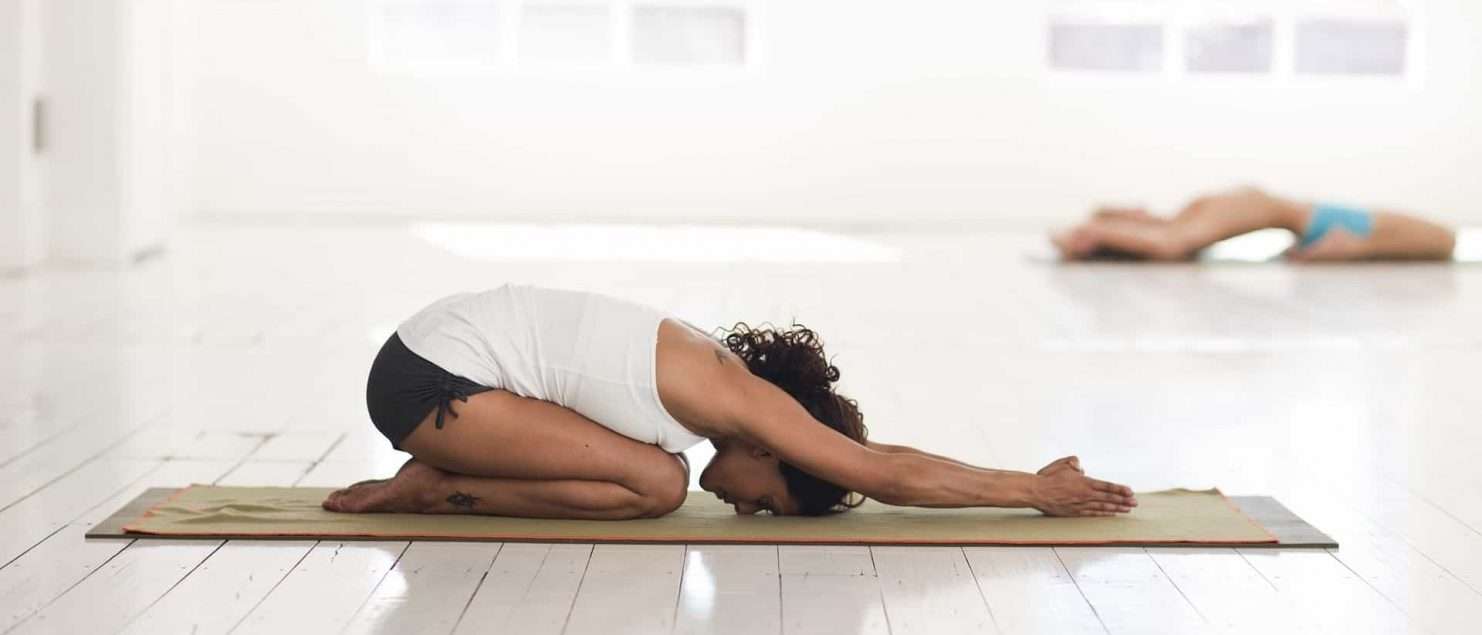Exercising for Beginners: How to Get Started Easily & Safely
Getting started with exercise can be daunting. There are so many different ways to exercise, and it’s hard to know where to begin. Do you exercise by muscle group? By movement pattern? In the pool? On land? The options are endless!
Luckily, we’re here to help. In this blog post, we’ll give you a brief overview of some of the most popular ways to exercise. We’ll also provide some tips on how to get started. By the end of this post, you’ll have a better understanding of what kind of exercise is right for you and how to get started on your fitness journey.
Getting Started
Start slow and gradually increase your activity level
If you’re new to exercise, it’s important to start slow and gradually increase your activity level. Trying to do too much too soon is a common mistake that can lead to injury and burnout. Instead, start with a few minutes of moderate-intensity exercise each day and gradually increase the amount of time you’re active.
Find an activity that you enjoy
It’s important to find an activity that you enjoy so that you’re more likely to stick with it. If you don’t like running, there’s no point in forcing yourself to do it. There are endless possibilities when it comes to exercise, so take some time to explore different activities and find one that’s right for you.
Set realistic goals
Setting realistic goals is another key to success when starting an exercise program. If your goal is too lofty, you’re likely to get discouraged and give up. Instead, set small, achievable goals that you can gradually work up to.
Make a plan
Once you’ve decided on your goals and chosen an activity that you enjoy, it’s time to make a plan. This should include when and how often you’ll exercise, as well as what type of workouts you’ll do. Having a plan will help you stay on track and motivated.
Get a checkup
Before starting any type of exercise program, it’s always a good idea to get a checkup from your doctor, especially if you have any health concerns. This will help ensure that you’re healthy enough to exercise and that there aren’t any underlying medical conditions that could be exacerbated by physical activity.
Warm up and cool down properly
Warming up before exercising and cooling down afterwards are both important parts of any workout routine. Warming up helps prepare your body for physical activity by gradually increasing your heart rate and blood flow. Cooling down allows your body to slowly return to its resting state and helps reduce the risk of dizziness or lightheadedness.
Dress appropriately
Dressing appropriately for exercise is important for both comfort and safety reasons. You want to wear clothing that won’t restrict your movement or cause chafing, but will also keep you warm or cool as needed depending on the weather conditions.
Stay hydrated
Staying hydrated during exercise is essential in order to avoid dehydration, which can lead to fatigue, muscle cramps, and other health problems. Be sure to drink plenty of fluids before, during, and after exercise, especially if you’re sweating heavily
Exercising by Muscle Groups
One popular way to exercise is by targeting specific muscle groups. This approach is often used by people who are looking to build muscle or improve their strength.
If you’re interested in exercising by muscle group, a good place to start is with compound exercises. These are exercises that target multiple muscle groups at the same time. For example, a squat is a compound exercise that targets the muscles in your legs and butt.
Another option for exercising by muscle group is isolation exercises. These exercises focus on just one muscle group at a time. For example, a bicep curl is an isolation exercise that targets the muscles in your arms.
Exercising by Movement Pattern
Another popular way to exercise is by focusing on specific movement patterns. This approach is often used by people who are looking to improve their balance, coordination, and flexibility.
There are six main movement patterns: squatting, lunging, pushing, pulling, twisting, and bending. Each movement pattern targets different muscles groups. For example, squats target the muscles in your legs and butt, while lunges target the muscles in your legs and core.
If you’re interested in exercising by movement pattern, a good place to start is with bodyweight exercises. These exercises use your body weight as resistance, making them perfect for beginners. Once you’ve mastered bodyweight exercises, you can move on to more advanced exercises that use weights or other forms of resistance.
Pool vs Land-Based Exercise
Pool-based exercise, which involves using a range of aquatic exercises to improve strength, flexibility, and cardiovascular health. Its relatively low impact on the body.
Since you’re working out in a buoyant medium like water, there’s less pounding on your joints compared to land-based activities like running or weightlifting. This makes pool-based exercise ideal for people with sensitive joints or mobility issues.
However, land-based exercise has its own benefits too—namely, that it can be done anywhere, anytime (you don’t need access to a pool). At the end of the day, the best way to exercise is the way that works best for you.
If you enjoy working out in the pool, then stick with pool-based exercise; if you prefer working out on land, then go for it! The most important thing is that you find an approach that works for you and that you stick with it.
Sign up for my free email newsletter and get access to tips, tricks & content that will help you live your healthiest life! Ready to take the next step? Book your first coaching session and take 10% off!
I'm a wellness coach, focusing on supporting adults new to fitness, nutrition & self-care. Passionate about encouraging healthy habits, mindset, posture & sleep, especially for those starting their wellness journey later in life.

